Organic food is going mainstream!
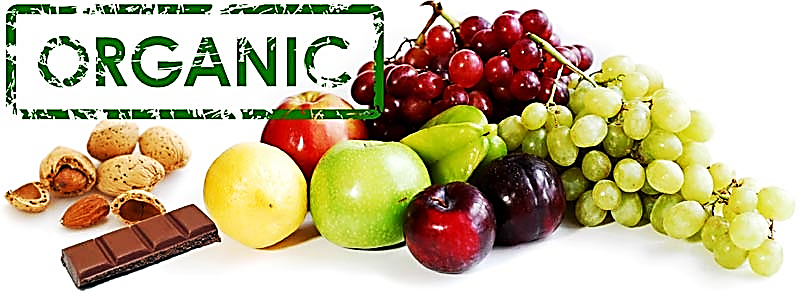
Organic food has become a major trend in the US nowadays, given that 82.3% of American have included it in their diet. Convenience, a greater awareness of the health benefits of organic products combined with the increasing adoption of a healthier diet and a keen interest in local food sources are the main factors driving the booming sales of organic food products.
According to the Organic Trade Association (OTA), the total US organic industry was 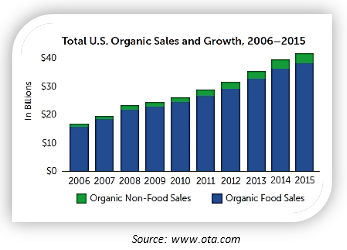 estimated at $43.3 billion in 2015. The organic food sales accounted for $39.7 billion, an increase of 11% from the previous year, while non-food organic products accounted for $3.6 billion, a rise of 13%. It should be stated that 2015 was the fourth year in a row that the US organic industry experienced a double-digit growth, which is triple compared to the growth rate of the overall food market (3.3%). In 2015, nearly 5% of all the food sold in the US was organic.
estimated at $43.3 billion in 2015. The organic food sales accounted for $39.7 billion, an increase of 11% from the previous year, while non-food organic products accounted for $3.6 billion, a rise of 13%. It should be stated that 2015 was the fourth year in a row that the US organic industry experienced a double-digit growth, which is triple compared to the growth rate of the overall food market (3.3%). In 2015, nearly 5% of all the food sold in the US was organic.
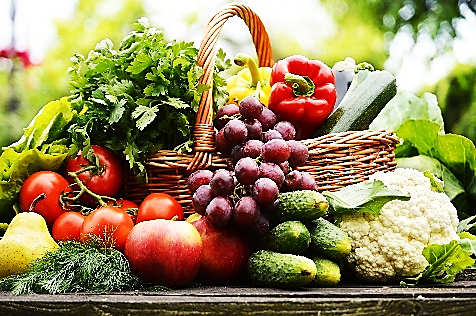 Fresh organic products sales in the U.S. reached $13 billion in 2015 (total sales of organic fruits and vegetables, including fresh, frozen and canned, amounted to $14.4 billion), leading up to 13% of the fresh products sold in the US to be organic, while 51% of households now purchase such products. Fresh organic products were sold:
Fresh organic products sales in the U.S. reached $13 billion in 2015 (total sales of organic fruits and vegetables, including fresh, frozen and canned, amounted to $14.4 billion), leading up to 13% of the fresh products sold in the US to be organic, while 51% of households now purchase such products. Fresh organic products were sold:
- in the mass market (supermarkets, big-box stores, warehouse clubs) recording $5.7 billion worth of sales in 2015
- in specialty stores, with sales reaching $4.7 billion
- directly to the consumers, with the direct sales reaching up to $2.7 billion
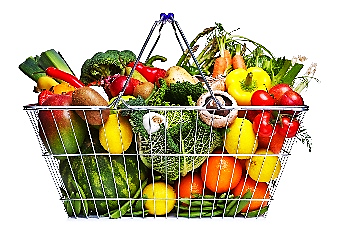 Organic fruits and vegetables remained the largest of all the major organic categories, with sales of $14.4 billion, achieving an increase of 10.5% in comparison to 2014 and accounting for 40% of the total organic food sales.
Organic fruits and vegetables remained the largest of all the major organic categories, with sales of $14.4 billion, achieving an increase of 10.5% in comparison to 2014 and accounting for 40% of the total organic food sales.
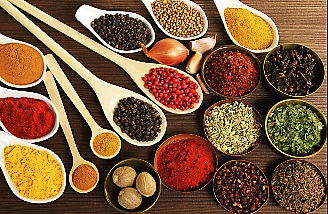 The fastest-growing of the eight major organic categories was condiments, which crossed the $1 billion in sales for the first time in 2015, recording a 18.5% growth.
The fastest-growing of the eight major organic categories was condiments, which crossed the $1 billion in sales for the first time in 2015, recording a 18.5% growth.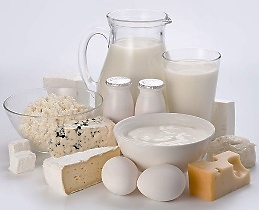
Dairy, the second biggest organic food category, accounted for $6 billion in sales (15% of the total organic food sales), an increase of over 10%.
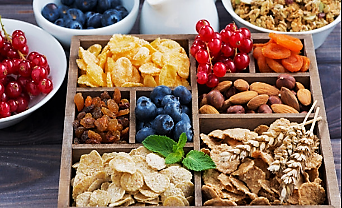 In addition, the organic snack food category saw a big growth in sales in 2015, reaching $2.3 billion (up almost 14% from 2014).
In addition, the organic snack food category saw a big growth in sales in 2015, reaching $2.3 billion (up almost 14% from 2014).
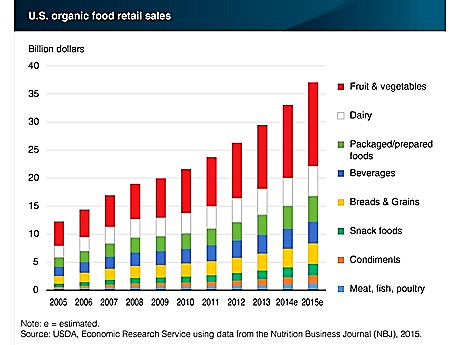
National consumption at state level
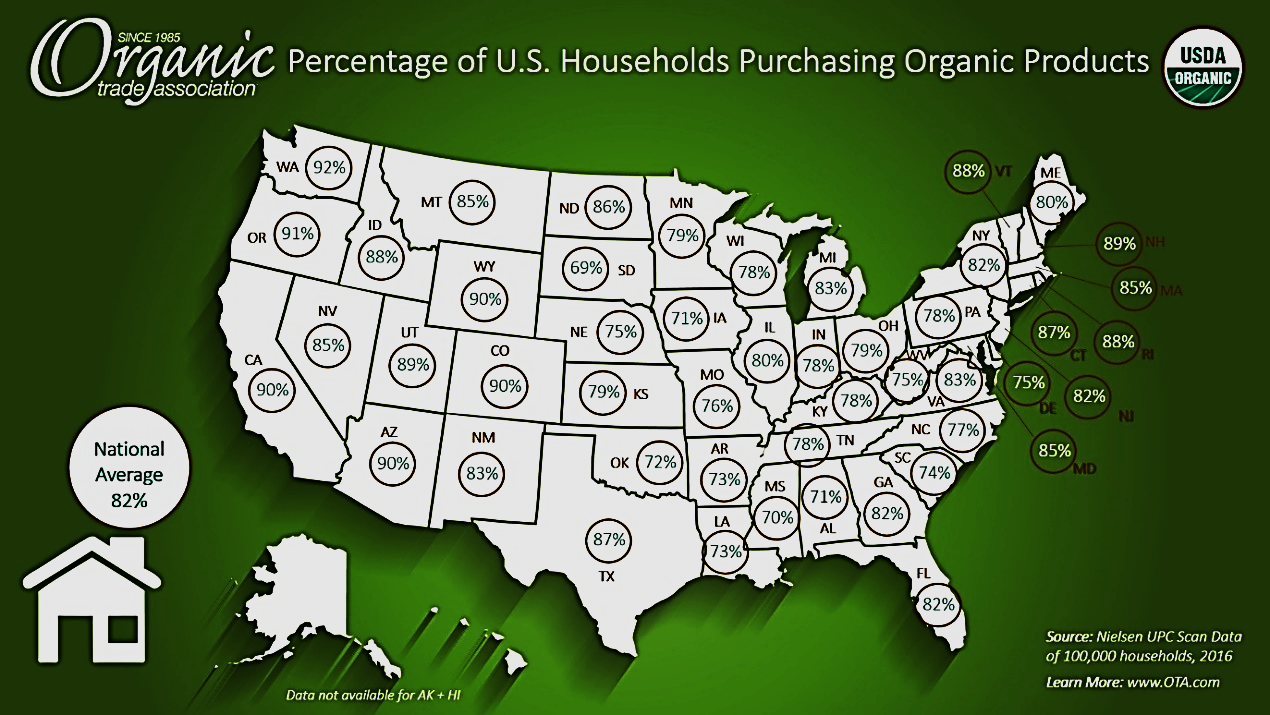
National average consumption of organic food climbed to 82.3% in 2016 (+ 3.4% from 2015). In fact, the majority of American households in all regions make organic food a major part of their supermarket and retail purchases -from 68% to almost 80% of households in southern states, to nearly 90% on the West Coast and in New England. The five states seeing the biggest increases in households reporting organic purchases were:
- North Dakota, where 85.6% of households bought organic in 2016 (+14.2% from 2015)
- Rhode Island, with organic food purchases reaching 88.3%, (+12.3% from 2015)
- Wyoming, where 90% of households bought organic in 2016 (+10.8%)
- South Dakota, which had the lowest percentage of any state at 68.9% but still recorded a 10% increase
- Wisconsin, where 77.6% of households included organic food in their basket (+9.1% from 2015)
Millennials lead the way!
 America’s 75 million millennials consume organic, and they’re making sure their families do so. Parents in the 18- to 34-year-old age range are now the biggest group of organic buyers in America, filling their shopping carts with organic products regularly.
America’s 75 million millennials consume organic, and they’re making sure their families do so. Parents in the 18- to 34-year-old age range are now the biggest group of organic buyers in America, filling their shopping carts with organic products regularly.
This population segment seeks out organic because it is more aware of the benefits of organic food. It is of great importance for them to be aware how the food was grown and produced, as well as the level of healthiness and quality. Moreover, they are deeply committed to supporting a food system that sustains and nurtures the environment.
Millennials don’t just like organic food, they also know a lot about it. Indicatively, 77% of 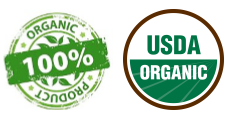 Millennials reported that they were either well informed or knew quite a bit about organic food. And with that knowledge comes trust – 54% stated that they had confidence in the label’s integrity, and nearly 60% said that they have a strong connection with organic labels.
Millennials reported that they were either well informed or knew quite a bit about organic food. And with that knowledge comes trust – 54% stated that they had confidence in the label’s integrity, and nearly 60% said that they have a strong connection with organic labels.
Compared to Millennial parents who account for 52% of organic buyers, Generation X parents made up 35% of those choosing organic, and Baby Boomers just 14%.
 Overall, American consumers have a strong desire for healthy food, thus their appetite for organic food products is getting bigger and organic buying continues to be on the rise across all generations. Organic options have become more available than ever before, as retailers continue to increase their organic offerings in the aisles of the supermarkets in order to respond to a constantly growing demand.
Overall, American consumers have a strong desire for healthy food, thus their appetite for organic food products is getting bigger and organic buying continues to be on the rise across all generations. Organic options have become more available than ever before, as retailers continue to increase their organic offerings in the aisles of the supermarkets in order to respond to a constantly growing demand.
This article was exclusively written by DK Consultants fot the AMCHAM newsletter.
Sources: www.ota.com, www.theguardian.com, www.foodbusinessnews.net, www.ecowatch.com, www.freshplaza.com, www.foodandnutrition.org, america.cgtn.com, Maggie McNeil (2017, 2016, 2015), Mike Hornick (2016), Emily Monaco (2016),
